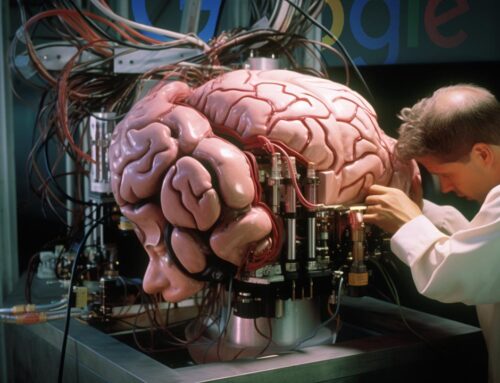Google’s search algorithm is a complex and ever-evolving system designed to provide users with the most relevant and useful search results for their queries. While the exact details of the algorithm are proprietary and not publicly disclosed, we can discuss some of the key components and factors that contribute to its functioning. Keep in mind that this description will not cover every aspect of the algorithm, as it is continually updated and refined.
- Crawling and Indexing: Before any search can happen, Google needs to discover and organize the vast amount of information available on the web. This process involves two primary steps: crawling and indexing.
- a. Crawling: Google uses web crawlers, also known as “spiders” or “bots,” to follow links on web pages and discover new content. These crawlers download the content of each page they visit and store it in Google’s database.
- b. Indexing: Once the content is downloaded, Google processes and organizes the information into a massive index. This index is like a giant library of web pages, which is continually updated as new content is discovered.
- Ranking: When a user submits a search query, Google’s algorithm examines the indexed pages and determines which ones are most relevant and useful for that specific query. Several factors contribute to this ranking process:
- a. Keywords: The algorithm identifies the presence and frequency of keywords in the content of indexed pages, and matches them to the user’s search query. The more relevant the keywords, the higher the page’s ranking.
- b. Page Quality: Google assesses the overall quality of a page, taking into account factors like the authoritativeness and trustworthiness of the source, the quality of the content, and user engagement metrics (such as click-through rates and time spent on the page).
- c. User Experience: The algorithm considers user experience factors, such as mobile-friendliness, site speed, and site structure. Websites with better user experiences are more likely to rank higher in search results.
- d. Links: Google evaluates the number and quality of external links pointing to a page. High-quality, authoritative sites linking to a page can improve its ranking, while low-quality or spammy links can negatively impact ranking.
- e. Personalization: Google customizes search results based on a user’s search history, location, and other factors to provide a more personalized and relevant search experience.
- f. Machine Learning and AI: Google incorporates machine learning and artificial intelligence techniques, such as the use of its AI model RankBrain, to better understand the intent of users’ queries and provide more relevant results.
- Search Features: Google also offers various search features, like featured snippets, image results, and local search results, to help users find the information they’re looking for quickly and easily.
Please note that this is only a high-level overview of how Google’s search algorithm works. There are many other factors and nuances involved in the ranking process, and Google continuously makes updates to improve the accuracy and relevance of its search results.










